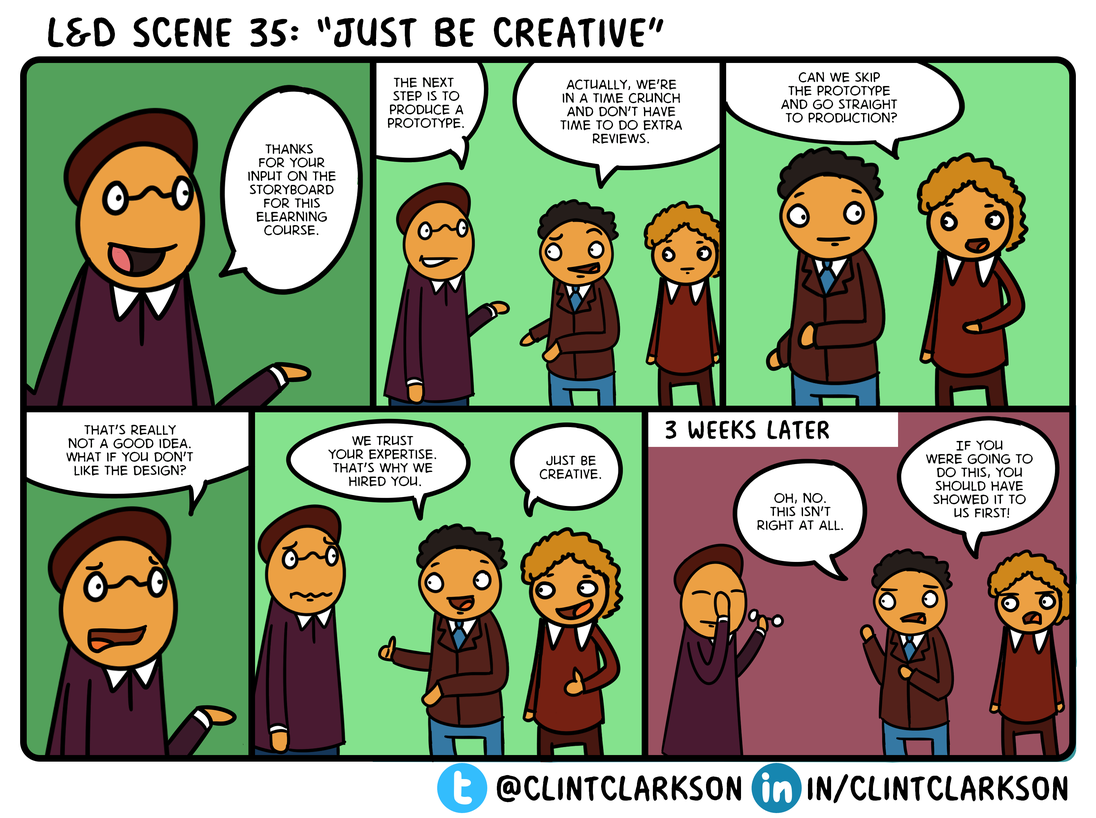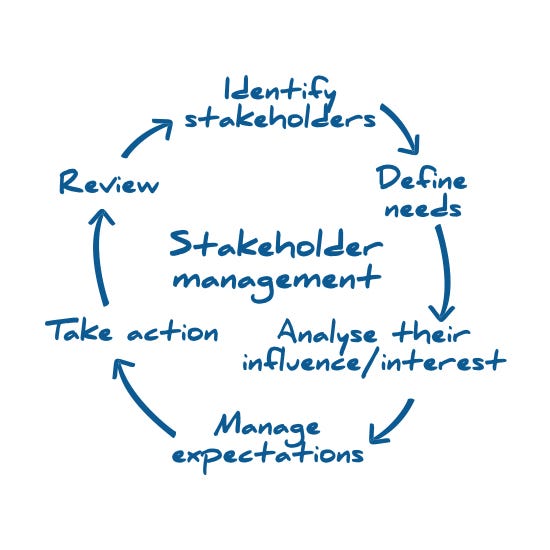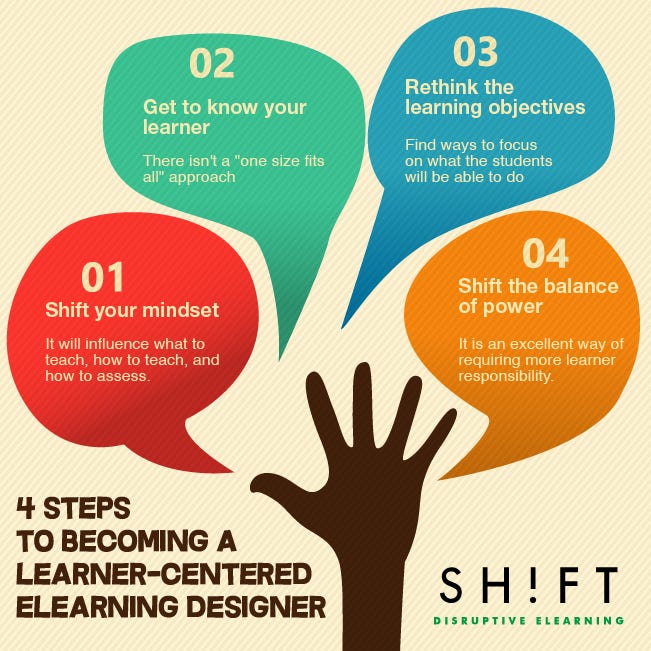What You Need To Remember During e-Learning Project Reviews
27 Dec

Table of Contents
ToggleA successful e-Learning project stands on multiple pillars and involves many aspects that ensure success. With a variety of stakeholders, like instructional designers, subject matter experts, project managers, end learners, etc., collaboration and review are essential to ensure a successful e-Learning course development process.
What are the challenges that need to be covered during the e-Learning project review?
- Instructional designers and project managers have to ensure that the pre-requisites and needs of the project have been duly met.
- The learning objective identified in the analysis phase of the e-Learning course development process should be kept true to.
- The pain points of the learners have been considered.
- The learning environment and its constraints have been accounted for.
Reviewing a course is essential to ensure quality and that goals are being met. Here are some of the things to remember when reviewing e-Learning courses:
Stakeholder satisfaction
Every e-Learning project has a multitude of stakeholders. The success of the course, whether developed in-house or by an agency, is influenced by how satisfied the stakeholders are with the results and output of the project.

Defining scope and expectations
For each stakeholder, one thing that helps keep everything focused is defining the scope and expectations during each phase of the e-Learning review.
Establishing scope makes sure that reviews are better from both a qualitative as well as quantitative perspective. Though key stakeholders share reviews during each iteration, what makes the process better is if the kind of feedback expected is specified before each iteration.
For example, for an e-Learning storyboard review, the focus of feedback should be content. At the implementation stage, the focus of e-Learning feedback should be responsiveness and delivery method. Doing this can save teams from getting entangled in pointless issues that are not relevant at that particular stage.
Timely feedback management
For project managers, the task is then to create a strategy to collect and prioritize e-Learning feedback. No matter what e-Learning methodology is being used, stakeholders need to be kept in the loop on what feedback is being processed through.
In order to achieve a satisfactory project, one practice that teams need to adopt is exchanging feedback early and often. Teams that are using the Successive Approximation Model (SAM) as an e-Learning methodology already work with an agile process of course development that presses the importance of evaluation when developing iterations of your e-Learning design. For teams using the ADDIE (Analysis-Design-Development-Implementation-Evaluation) as an e-Learning methodology, contextual feedback is even more critical, as it helps log issues and provides background in the next iteration.
A good way to make sure that stakeholders are on board from start to finish is to create prototypes or mocks initially, and then build up the project once validation has been received. This way the chances that the end project works for everyone is higher. Kineo shared a framework for stakeholder management that lays out steps for ensuring better engagement. These include:
- identifying stakeholders
- prioritizing among them
- determining level of support needed from each
- identifying messages and actions
- identifying ‘owners’ for each stakeholder
- meeting stakeholders, and
- reviewing regularly
Learner Driven Iterations
The success of an e-Learning course development process for end learners is seeded in how much they can retain and transfer into practical application. Whether developing e-Learning for students or corporate learning solutions, unless learners are able to transfer their learning from out of the learning environment, the course is not achieving its intended goal.
Thus, learner feedback is vital when reviewing e-Learning projects.

Evaluating engagement and retention
Surveys are one option. They provide a simple and consistent way to measure how learners react to the course. Have they been satisfied with the e-Learning content? What could be improved? How would they rate the course? Such quantitative data can be gathered via surveys easily. This method may be easier when developing corporate learning solutions because of the one-on-one interaction learners have with the course. In the case of e-Learning for students in schools, blended courses may also need feedback from teachers and instructors.
But what about qualitative e-Learning feedback? Typically such feedback is gathered during alpha and beta tests, by asking learners to try new modules before they are added to a course. To gather qualitative feedback during alpha and beta tests, instructional designers and project managers can use zipBoard. Learners can mark up screenshots of the course, and leave their comments on those screens so that e-Learning reviews have more context.
When to ask for feedback
The other question is when this feedback should be collected. Of course, as with other stakeholders, getting feedback as quickly as possible is beneficial even from learners because it helps make corrections early on rather than later at the cost of time, effort, and resources. But what is certainly not a good time to solicit feedback is right at the end of a course.
Apart from the alpha and beta phases, building review cycles into the course is one way. Trying to collect feedback right at the end of an e-Learning course development process can often be unproductive as it does not give the learner enough time to process all the e-Learning content they have consumed, and also makes them provide feedback for the entire course in one go. Rather, checkpoints in the course for collecting feedback work better. These checkpoints can be implemented in your e-Learning templates themselves so that there is a standard process in place.
Quality assurance
Quality assurance checks are vital to make sure the details are accurate and consistent. Issues such as the right image being in the right place, videos functioning as intended, spelling and grammar checks — all need to be reviewed to assess the course.
For a lot of teams, their QA and testing process still consists of Excel sheets with columns for issue name, description, priority, person assigned to, etc. This method has two problems.

Challenges in quality assurance
- It does not scale well as the volume of feedback and teams grow. Excel sheets may work for a team of 2–3 people but as the number starts to grow to five or seven or into double digits, tasks get muddled and difficult to organize, feedback breaks down, tracking changes becomes tedious, and ultimately issues become overwhelming.
- It provides no context. There are no visuals which can lead to ambiguity. Defining the problems at their exact location and capturing them with annotations helps other collaborators see specifics and save time when implementing changes.
Better e-Learning tools and processes
An effective alternative is zipBoard, which provides a systematic task management workflow and also the option to annotate and communicate via comments on life as well as mock courses.
QA can be more effective not only by using better e-Learning tools but also by setting up more effective processes. One such practice is setting a dedicated number of review cycles, depending on the complexity of the course and the number of stakeholders involved. Especially when working with subject matter experts, an effective QA setup can cut down on a lot of hassle.
Andy Petroski, an e-Learning project manager with nearly two decades of experience, talked of how every step of their development process is followed by SME review and feedback. While the development team can ensure functionality, SMEs can check for accuracy and consistency. This setup also highlights why collecting feedback early and often is useful because it helps with stakeholder satisfaction.
Value Matters
A better review process will enable teams to create more value in the project. Each and every aspect — curriculum, e-Learning design, course content, and delivery system — can be improved to add more value for the client. The end result is quality work delivered in the allocated time.
Request Demo
Request a personalized demo of zipBoard to communicate better and faster. Whether you’re an instructional designer, project manager, subject matter expert, or a client commissioning the project, zipBoard is an e-Learning review tool for all needs.
Get DemoRelated Post
Recent Posts
- Why Your Team Needs a Content Feedback System (Not Just Comments in Docs) May 28, 2025
- Content Approvals Are Slowing You Down — Here’s the Fix May 26, 2025
- How to Streamline Content Review and Approval — Best Practices, Tools & Automation May 12, 2025
- What Is Content Operations? And Why It Breaks Without a Feedback & Approval System May 3, 2025
- Why Designers Need a Website Visual Feedback Tool: Improve Design Reviews & Client Collaboration April 25, 2025
©️ Copyright 2023 zipBoard Tech. All rights reserved.


